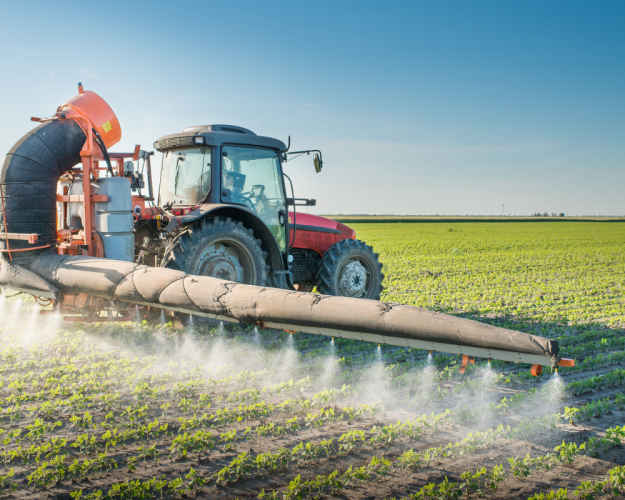News
30.07.2025 - Foods

July 30, 2025 - Pesticide Residues in Animal Products Review 2024
Animal-derived foods can be contaminated with pesticides in various ways. These include feed, drinking water, environmental contamination, but also disinfectant residues can be a cause.
In 2024, the Chemical and Veterinary Investigation Office in Freiburg examined over 921 food samples of animal origin for pesticide residues. None of the samples exceeded the legally established limit, but pesticides were detected in about 490 samples. Particularly noticeable were the high residues in fish.
Additionally, the investigation showed that the pesticide residues in meat vary significantly. Meat from wild animals showed significantly higher values than meat from species kept in enclosures.
This could be attributed to the longer lifespan and the uptake of “old” pesticides in wild animals and animals in free-range. “Old” pesticides refer to pesticides whose use is banned or pesticides that are no longer allowed but still occur in the environment in the form of residues.
The investigation results of the suspect samples showed no abnormalities. In addition to fish and milk, several honey samples were also examined. Pesticides could be detected in all samples, but only below the limit of quantification.
The majority of pesticide residues still consist of the so-called “old” pesticides.
Organochlorine pesticides have been banned in the EU for decades but accounted for 82% of the detected residues. Biocides (chlorate and quaternary ammonium compounds/QAVs) were also noted in the investigation. QAVs, which are used as disinfectants, can be easily removed by rinsing with drinking water.
In our Tentamus laboratories, we conduct analyses for pesticides. Our customer advisors are available for any questions you may have.
Source:
- www.ua-bw.de
